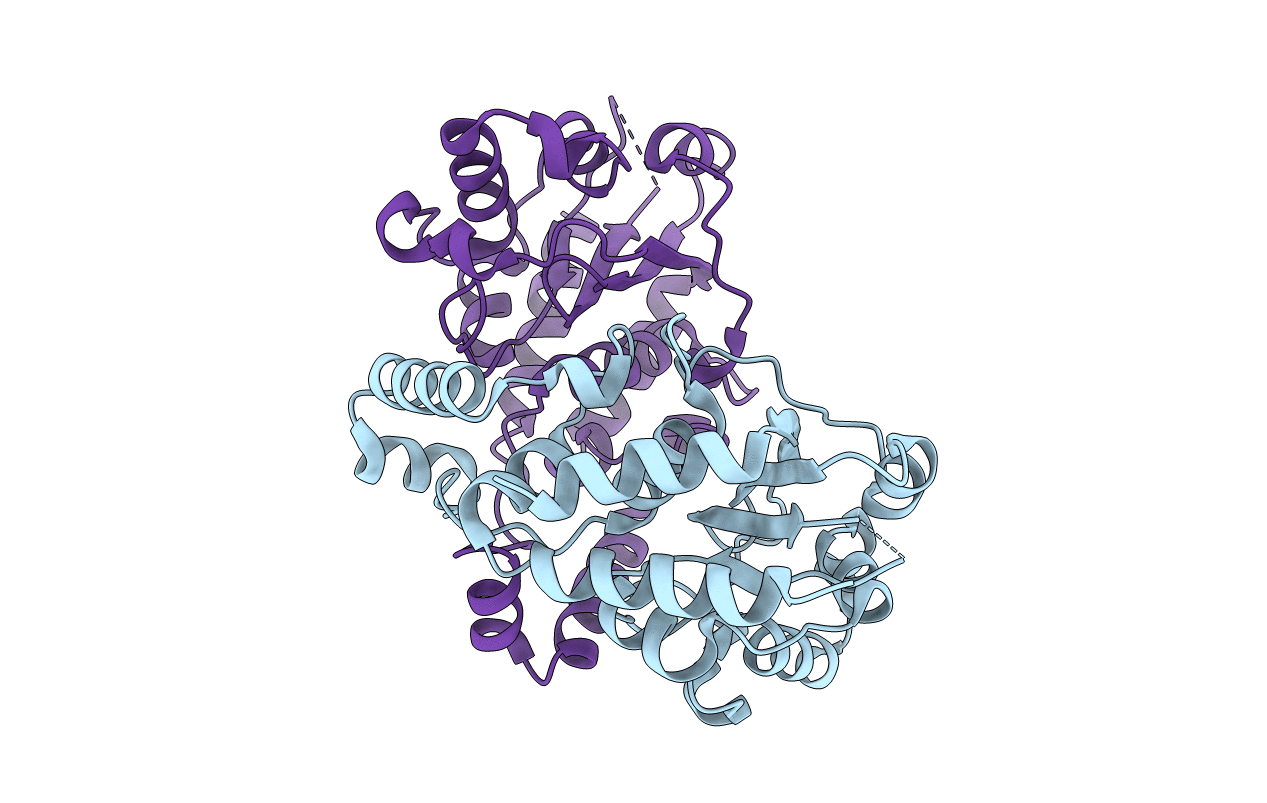
Deposition Date
2008-09-17
Release Date
2009-02-03
Last Version Date
2025-03-26
Entry Detail
PDB ID:
3EIT
Keywords:
Title:
the 2.6 angstrom crystal structure of CHBP, the Cif Homologue from Burkholderia pseudomallei
Biological Source:
Source Organism:
Burkholderia pseudomallei (Taxon ID: 28450)
Host Organism:
Method Details:
Experimental Method:
Resolution:
2.56 Å
R-Value Free:
0.26
R-Value Work:
0.20
R-Value Observed:
0.21
Space Group:
P 21 21 21


